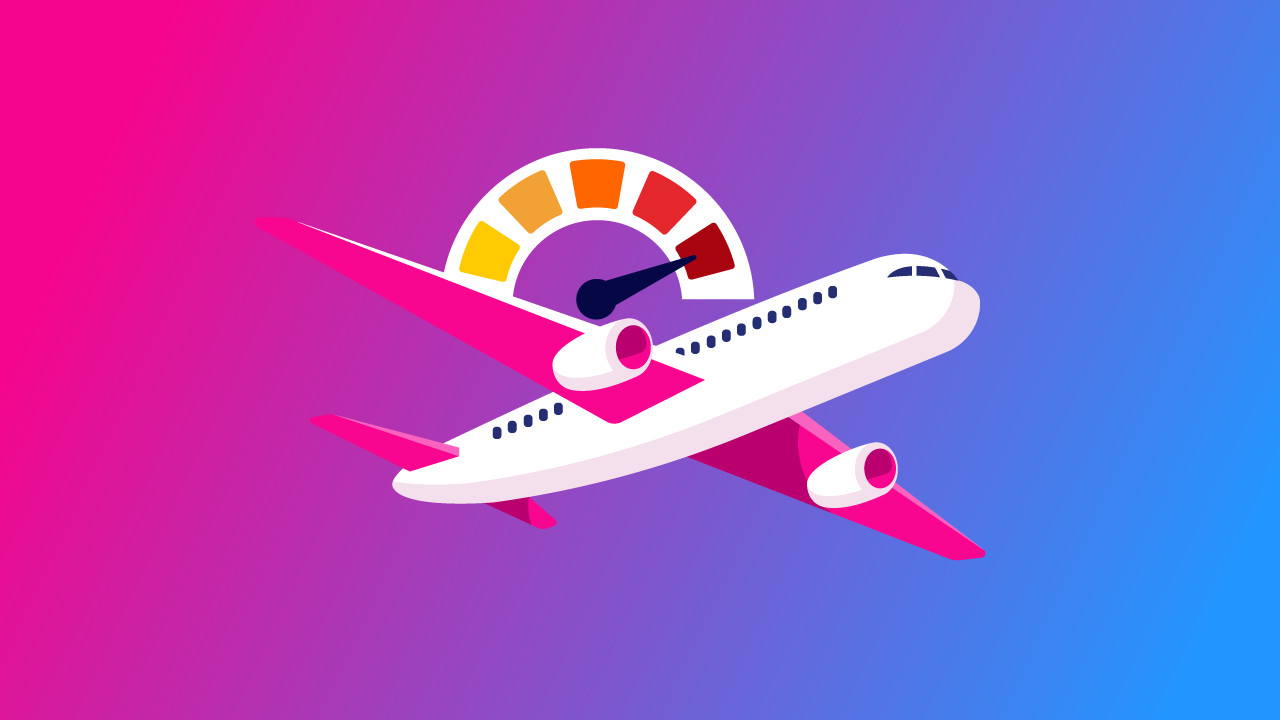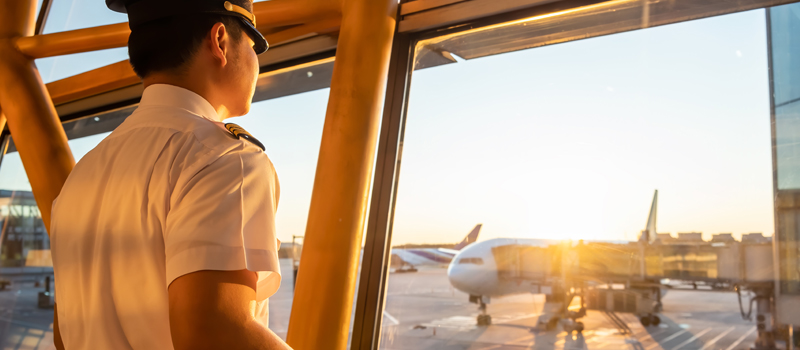-
What is a Private Pilot License?
-
Requirements
- General Requirements
- Medical Requirements
- Experience Requirements
- Ground Training
- Flight Training
-
Step-By-Step Process
- 1) Research Local Flight Schools
- 2) Get a Medical Certificate
- 3) Carry out Flight Training
- 4) Obtaining your PPL
-
Privileges and Limitations
-
Conclusion
Flying an aircraft is one of life’s most satisfying experiences. Few get to have the freedom to explore the world by hopping from airstrip to airstrip.
Before this can happen, you must obtain a Private Pilot License (PPL), which can be challenging, lengthy, and confusing.
While obtaining the license will be a challenge, it doesn’t have to be confusing. This guide will cover everything you need to know about obtaining your PPL.
What is a Private Pilot License?

Deciding to become a pilot is an exciting moment in every aviator’s life. But before you get your licenses, you should think about the type of flying you’d like to do.
The FAA issues several different pilot licenses, from student pilot to airline transport pilot.
If you’re looking to fly recreationally, a PPL is for you.
A PPL is a certificate that allows you to act as a private pilot in command of an aircraft. Simply put, you can carry passengers as long as you don’t make them pay.
Requirements
To obtain a PPL, you must meet the requirements outlined by the FAA.
General Requirements
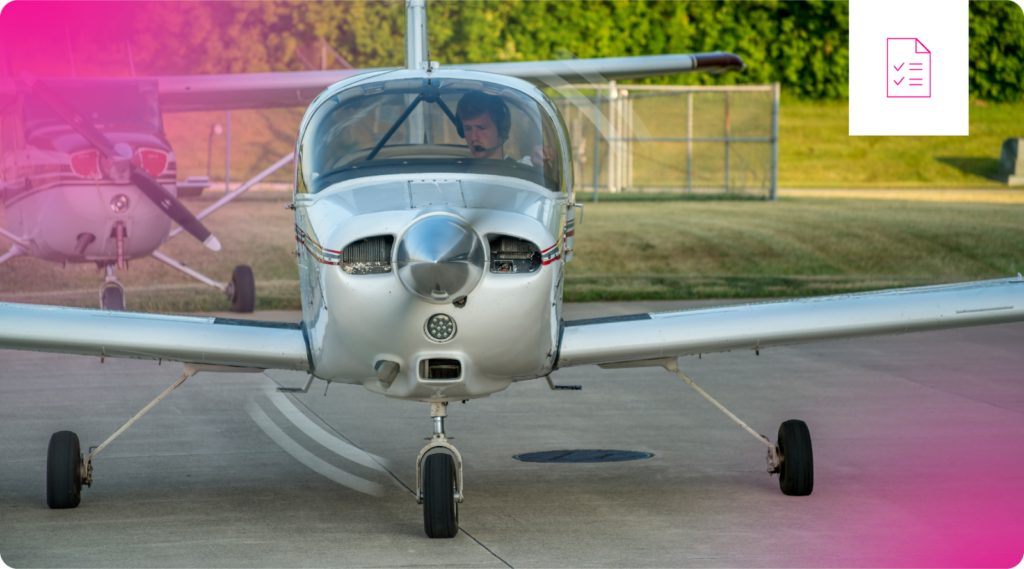
There are two general requirements to consider before becoming a pilot.
You must be fluent in English. It is crucial that you are able to read, write, and speak to a proficient standard.
To sit your PPL flight test, you must be 17 years old. You can start flight training before this age. However, you must be 16 years old before you can go solo.
Medical Requirements
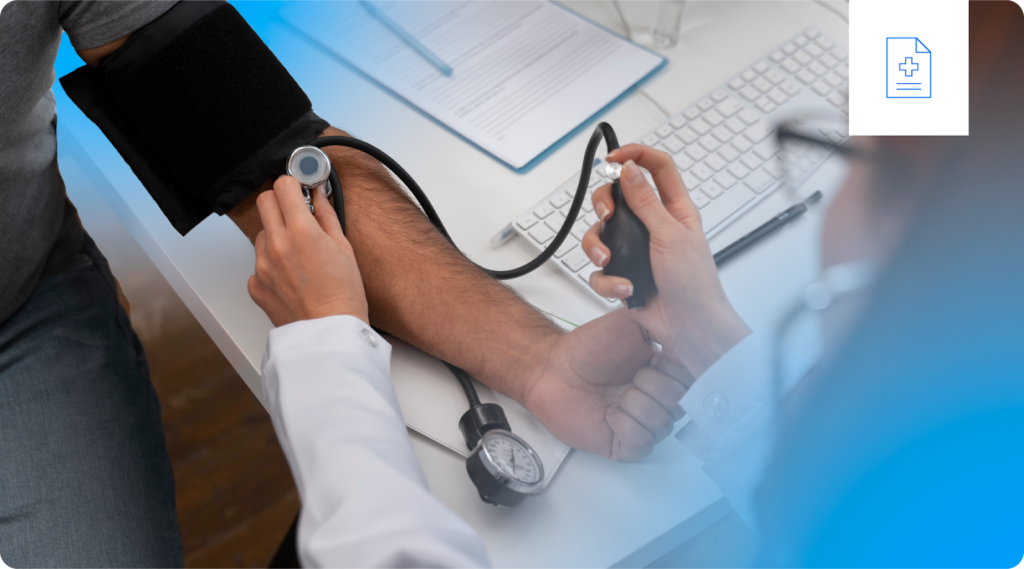
To operate an aircraft, you will need to obtain a medical certificate.
Medical certificates ensure pilots are medically fit and do not pose a risk to public safety.
There are three classes of medicals: first-class, second-class, and third-class. Each class meets the requirements for different flight operations.
For a PPL, you will require a third-class medical certificate.
During this examination, the examiner will test you on the following:
- Vision.
- Hearing.
- Heart and Blood Pressure.
- Ear, Nose, and Throat.
- Mental Health.
If you pass your third-class medical, your examiner will issue a certificate that is valid for 60 months if you are under 40. It’s valid for 24 months if you are 40 or older.
As a student pilot, your medical certificate also acts as your student pilot license.
Experience Requirements
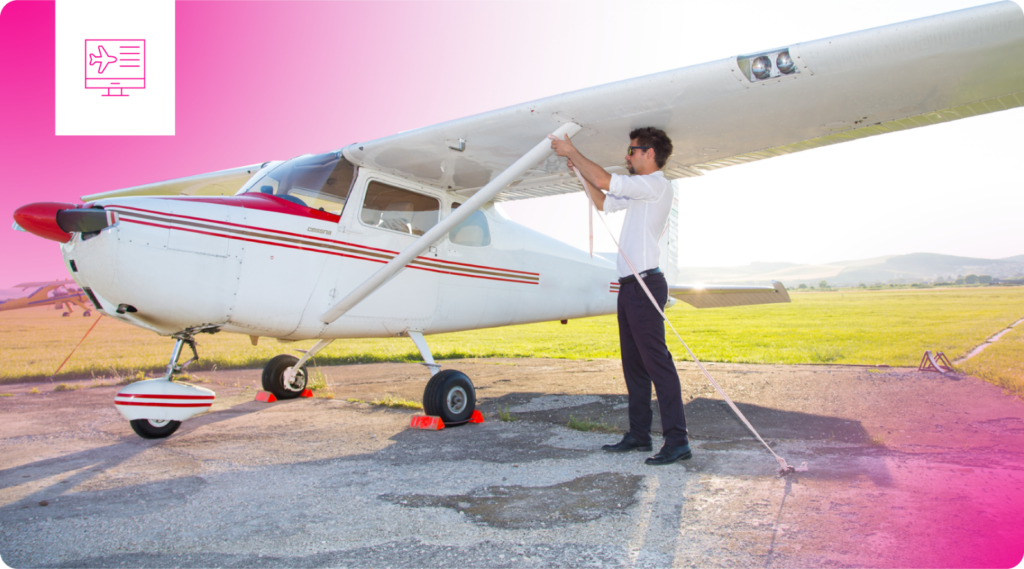
Before you can sit your PPL flight test, you must gain sufficient experience. You can find the detailed requirements under Federal Aviation Rule (FAR) 61.109.
Ground Training
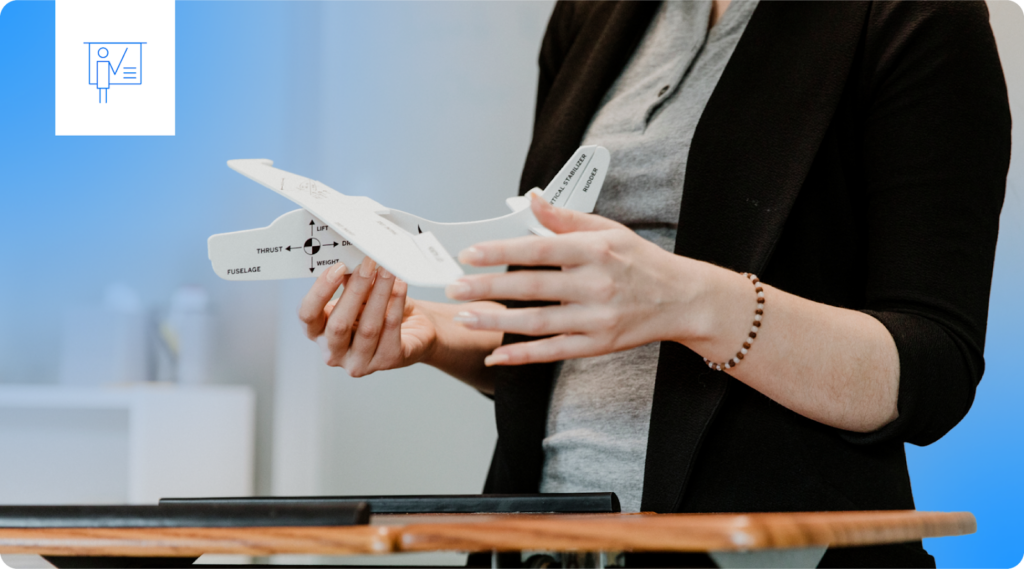
You will need to receive and log ground training from an authorized instructor. You may also use an approved online course.
Ground training consists of a series of courses and lectures. Their aim is to give students the required aeronautical knowledge to become pilots.
The following topics will be covered in your ground training.
Radio Telephony
Learning to speak pilot lingo can be challenging when you first start out. The world of aviation contains hundreds of acronyms and radio calls. A lot of these you will cover during this course. You will learn how to talk to ATC and converse over the radio.
FAA Rules and Regulations
You will learn about the basic rules and regulations we must follow as pilots. You’ll learn about the different parts and how these relate to different sections of law.
Weather
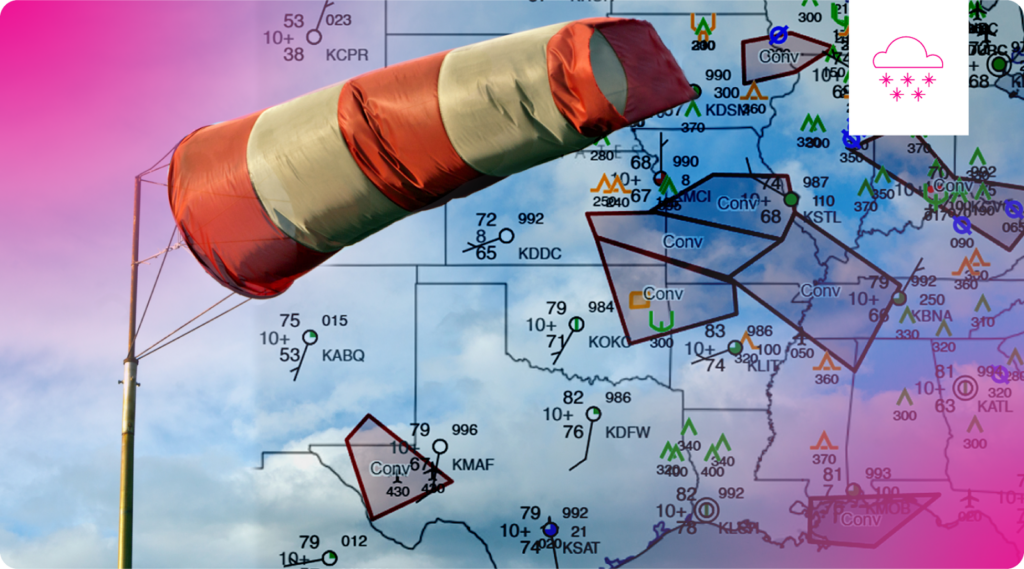
As pilots, we must constantly be aware of the weather and how it is changing around us. This course will teach you about the basic weather systems, phenomena, and risks associated with them.
You will learn how to identify each phenomenon and how to safely avoid them.
Aerodynamics and Aircraft Systems
Aircraft are complex, with various systems that are all uniquely important. You will learn about each system and how they work together.
You’ll cover basic aerodynamic principles and laws associated with flight.
Navigation and Airspace
This course is about the principles of piloting an aircraft from one geographic position to another. All while monitoring and tracking your position.
You will use visual references to plot progress on aeronautical charts. You’ll also learn about the basic navigation principles and theory.
Written Exam
At the end of ground school, you are required to sit a written exam.
You must complete the written exam before your flight test day. You complete the exam at an approved FAA testing center. It has 60 multiple-choice questions and requires a pass mark of 70% or better.
The exam contains questions based on the topics above that you have learned in ground school.
Flight Training
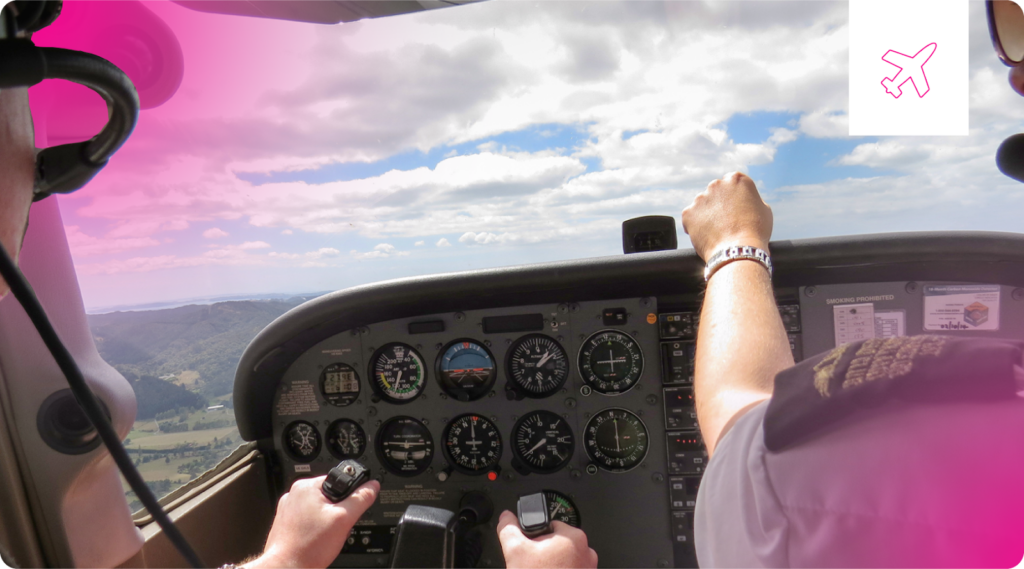
During your flight training, you will learn how to safely operate an aircraft. This consists of learning air exercises and emergency procedures.
To be eligible for a PPL flight test, you must have received a minimum of 40 hours of flight instruction and solo flight time. This is in accordance with FAR 61.109.
You will need to pass a practical flight test. This will be administered as a final exam by a Designated Pilot Examiner (DPE).
Step-By-Step Process
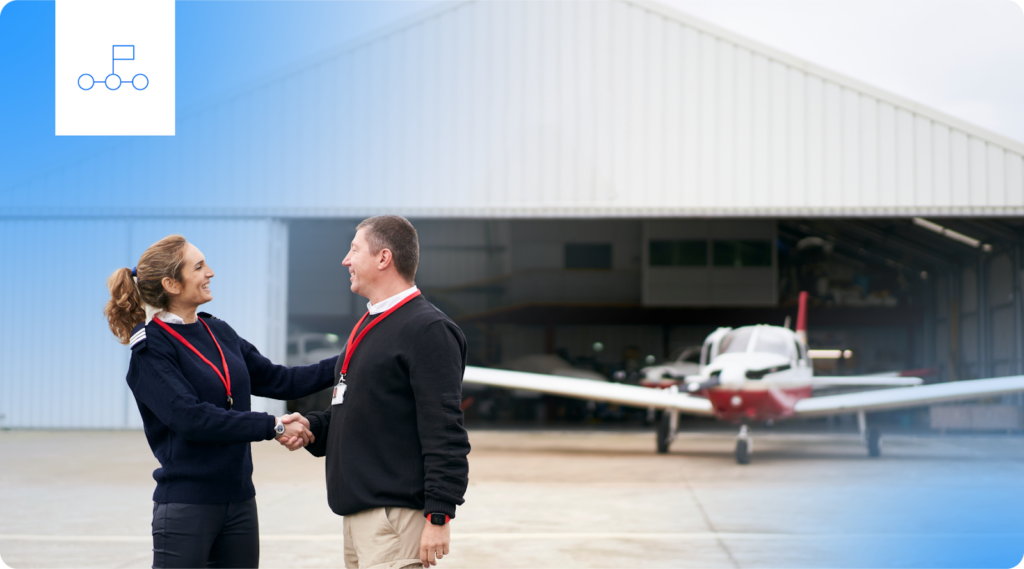
So, you’ve decided to pursue your dream of becoming a pilot, but you’re not sure where to begin? Knowing where to start can sometimes be the hardest part of the process.
This is why we’ve crafted a step-by-step guide to help you get a PPL.
1) Research Local Flight Schools
We recommend that you first visit your local flight training school. There, you can learn about the courses offered and any associated costs.
It is worth your time and money to organize a test flight at one of these schools. This is to make sure flying is something you’d like to pursue. This also gives the instructors an idea of whether or not you have the required hands and feet skills to become a pilot.
It is important you carry out thorough research on multiple flight schools. Choose which one best suits you and your learning style.
2) Get a Medical Certificate
We recommend getting a medical certificate before you start flight training. Obtaining a medical certificate is non-negotiable. It is best to find out if you can pass one before you start your training.
Ask your chosen flight school for a list of AME’s in your area to book an appointment.
3) Carry out Flight Training
Your flight training toward your PPL will consist of two parts. Ground theory and practical flying lessons.
An approved instructor will carry out the ground theory lessons. You can also learn the required theory through online ground schools. For an easy-to-follow PPL course, check out our Private Pilot Made Easy course here. You can complete this ground course in conjunction with flight training or before.
Practical flying lessons will be a combination of dual and solo flights.
Dual flights are instructional flights carried out by an authorized instructor. During these flights, you will learn important air exercises that you will use every day as a pilot.
You will then conduct solo flights (by yourself) to practice the air exercises you have learned.
You’ll also carry out multiple cross-country flights. Cross-country is a type of long-distance flight that is over 50 nautical miles from your point of origin. During these flights, you practice your navigation skills.
Your examiner will test you on these skills during your checkride.
4) Obtaining your PPL
Once you meet FAA requirements, you can sit your PPL flight test. The test consists of an oral exam and a checkride, which an approved DPE will conduct.
Oral Exam
The oral exam is a verbal assessment where you must answer knowledge and application-based questions. You complete this exam on the day of your practical flight test. During this exam, you must provide detailed answers using your own words.
Checkride
You carry out the checkride in the aircraft. The check lasts about an hour. You will demonstrate your competency to the examiner. You do this by carrying out a wide range of air maneuvers to an acceptable standard. Once complete, you will get a temporary license. The FAA issues you a permanent license at a later date.
Privileges and Limitations
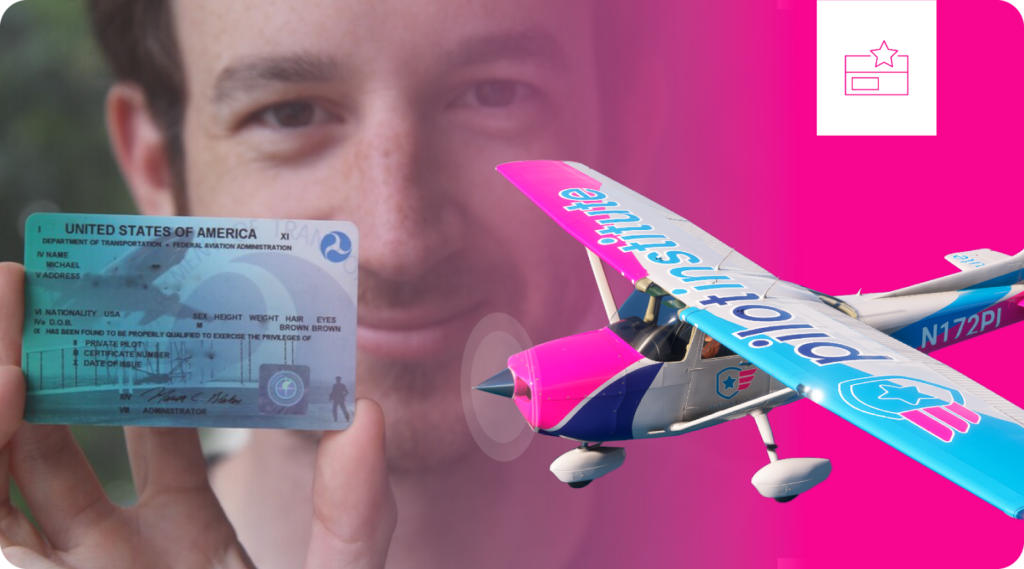
So you’ve got your license. Now, what can you do with it?
We’ve summarized the key points below:
- You may act as Pilot in Command of an aircraft under VFR for private purposes (not hire or reward).
- You may carry passengers with you.
- You may share the operating expenses of the flight with passengers as long as it’s equal.
- You can provide rides to raise money for a charity and search and rescue flights (FAR 91.146).
- You can tow gliders (if you meet the requirements of FAR 61.69).
Conclusion
Gaining your PPL is a huge accomplishment for anyone in their aviation journey.
Although it is the first license, obtaining it still takes a lot of time and hard work.
Are you ready to start your aviation journey? If so, you will first need a medical certificate.Our latest article provides an in-depth overview of the FAA Medical Certificate Requirements. Read it to learn what to expect.

